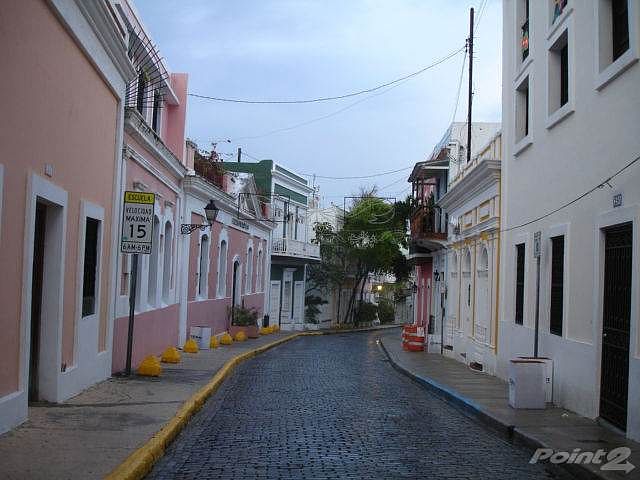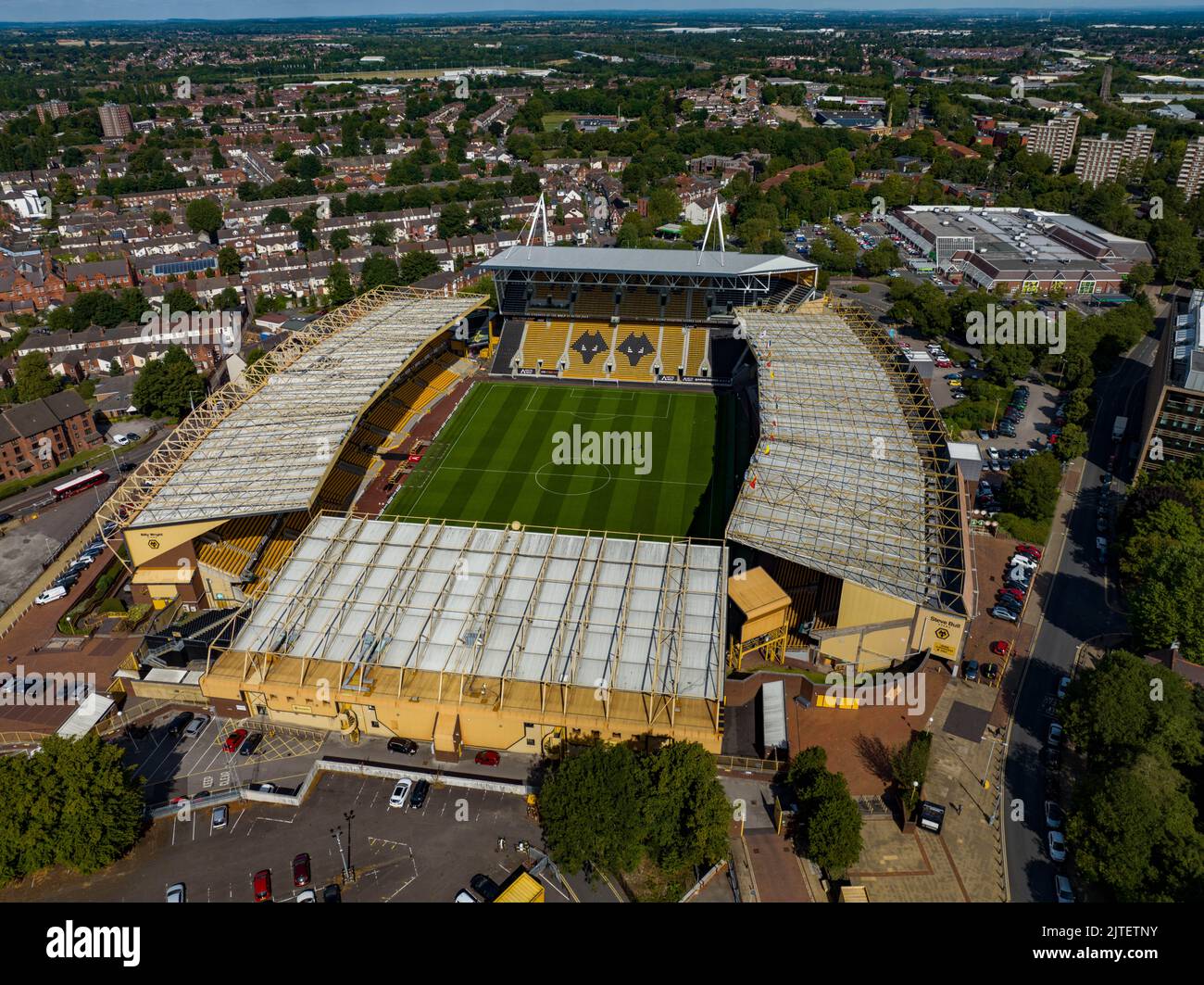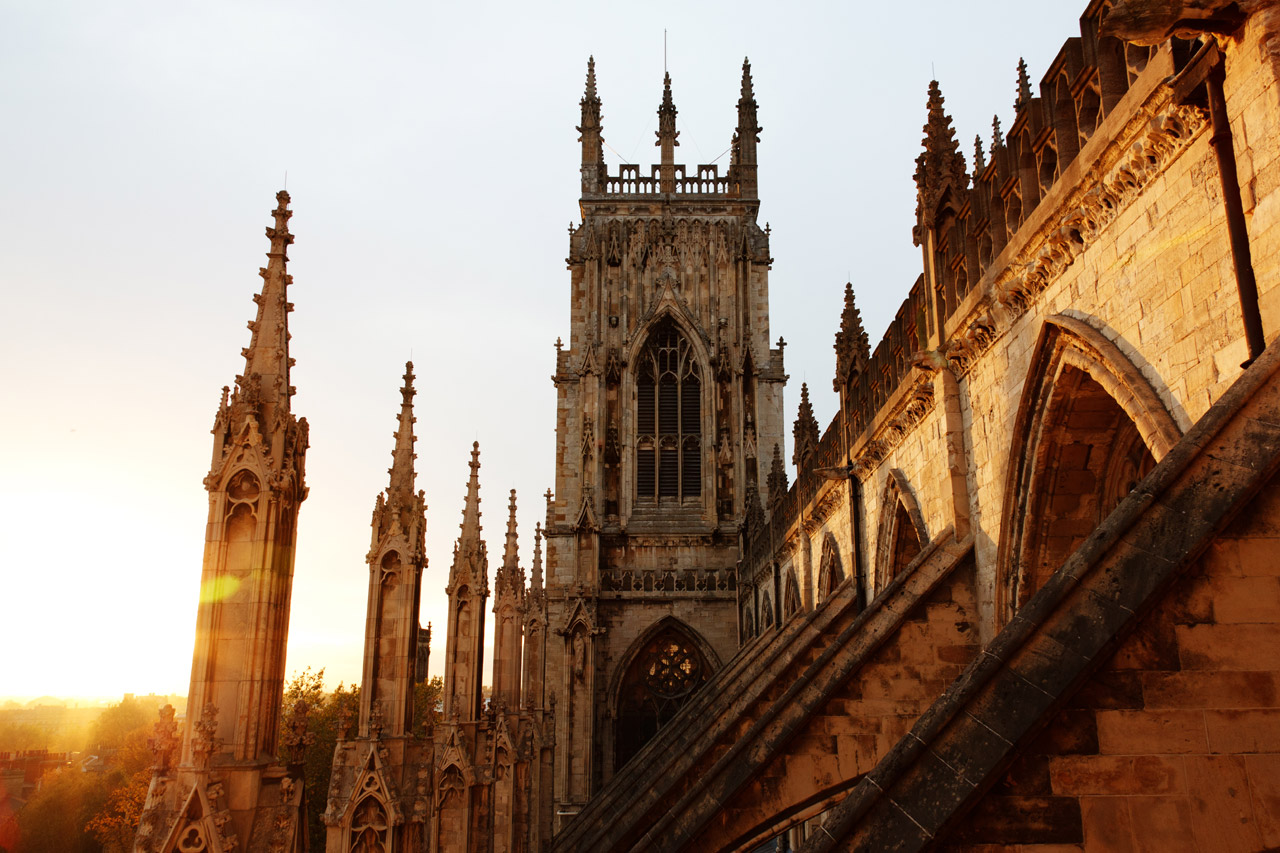
Introduction to San Juan
San Juan, the capital city of Puerto Rico, stands as a vital cultural and economic hub of the Caribbean. Its historical significance and vibrant culture draw millions of tourists each year, making it a key player in the region’s tourism sector. Understanding San Juan’s role not only reveals the rich tapestry of Puerto Rican history but also highlights the challenges and triumphs the city faces in contemporary times.
Historic Significance
Founded in 1521, San Juan is one of the oldest settlements in the Americas. The city’s historic district, Old San Juan, is famous for its well-preserved Spanish colonial architecture, including landmarks such as El Morro and San Cristóbal fortresses. These sites showcase the city’s strategic military importance during the colonial era. In recent years, the city has actively preserved its historical sites, attracting history enthusiasts and culture seekers.
Cultural Vibrancy
The city is a cultural melting pot, blending Taíno, African, and Spanish heritages. Festivals, art exhibitions, and music events abound, most notably in the vibrant neighbourhood of Santurce, home to street art and local galleries. Events like the San Sebastián Street Festival reflect the city’s lively spirit, drawing locals and tourists alike to celebrate Puerto Rican culture.
Economic Relevance
San Juan plays a crucial role in the economy of Puerto Rico. Being the island’s commercial centre, it hosts many major corporations, thereby providing employment and contributing significantly to the local economy. The recent growth in the tourism industry, particularly post-Hurricane Maria in 2017, has seen investments in tourist infrastructure, further solidifying San Juan’s economic status. The government has implemented incentives to attract new businesses and bolster employment opportunities, especially for youth.
Challenges and Future Prospects
Despite its charm and economic contributions, San Juan faces challenges such as natural disasters and economic stability. The effects of Hurricane Maria are still present, prompting discussions about sustainable development and resilience against future storms. In light of climate change, local entities are focusing on infrastructure improvement and community preparedness to ensure the city can thrive in the face of adversity.
Conclusion
San Juan is more than just a picturesque destination; it is a city with a rich historical background, a vibrant cultural scene, and significant economic contributions. As it continues to navigate the complexities of modern challenges, the resilience and spirit of its residents shine through. For visitors and potential investors, understanding these facets of San Juan can lead to enriched experiences and opportunities in this enduring Caribbean jewel.
You may also like

Exploring Monmouth: History, Attractions and Community

Exploring Wolverhampton: A Gateway to Culture and History
